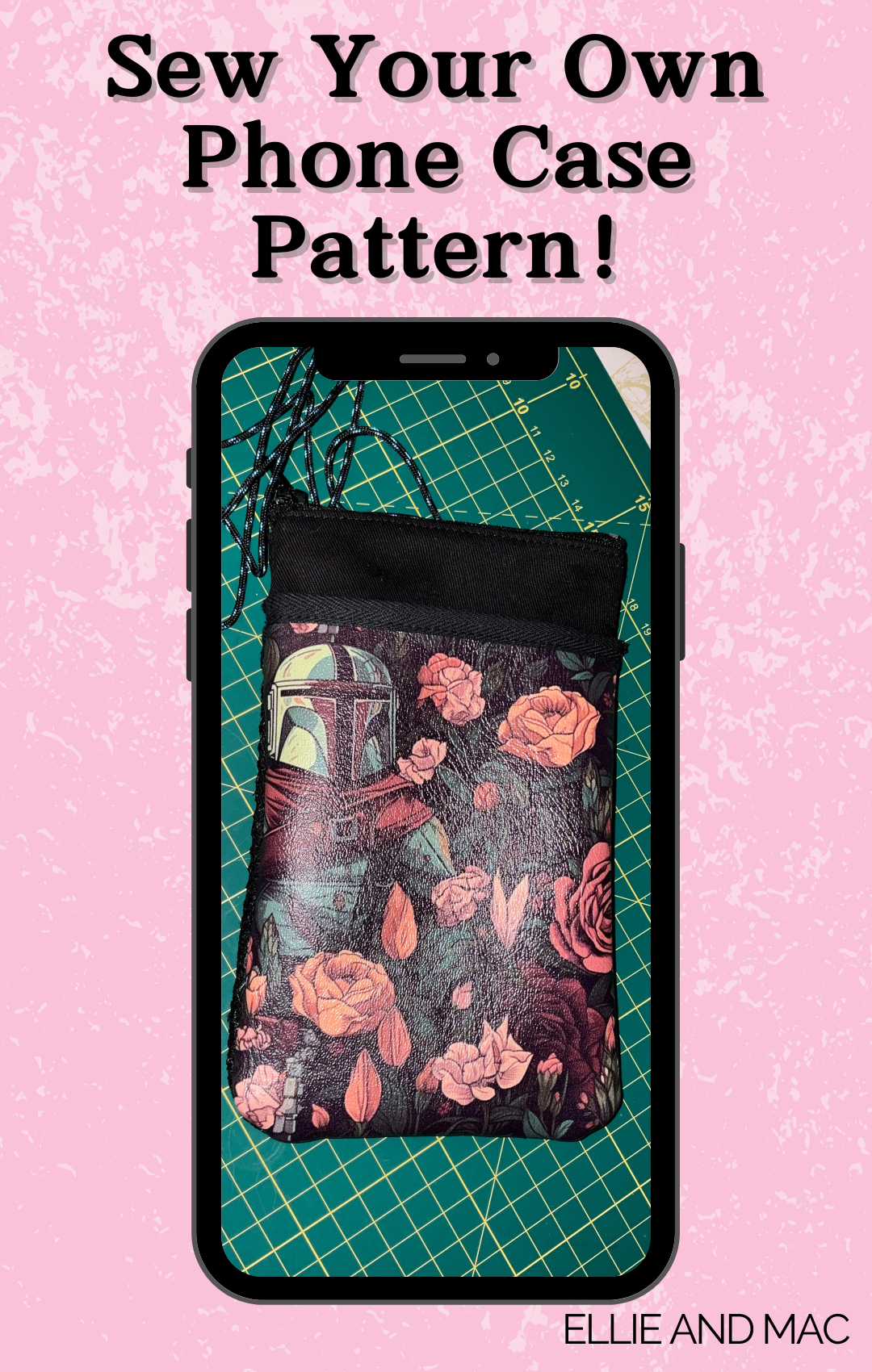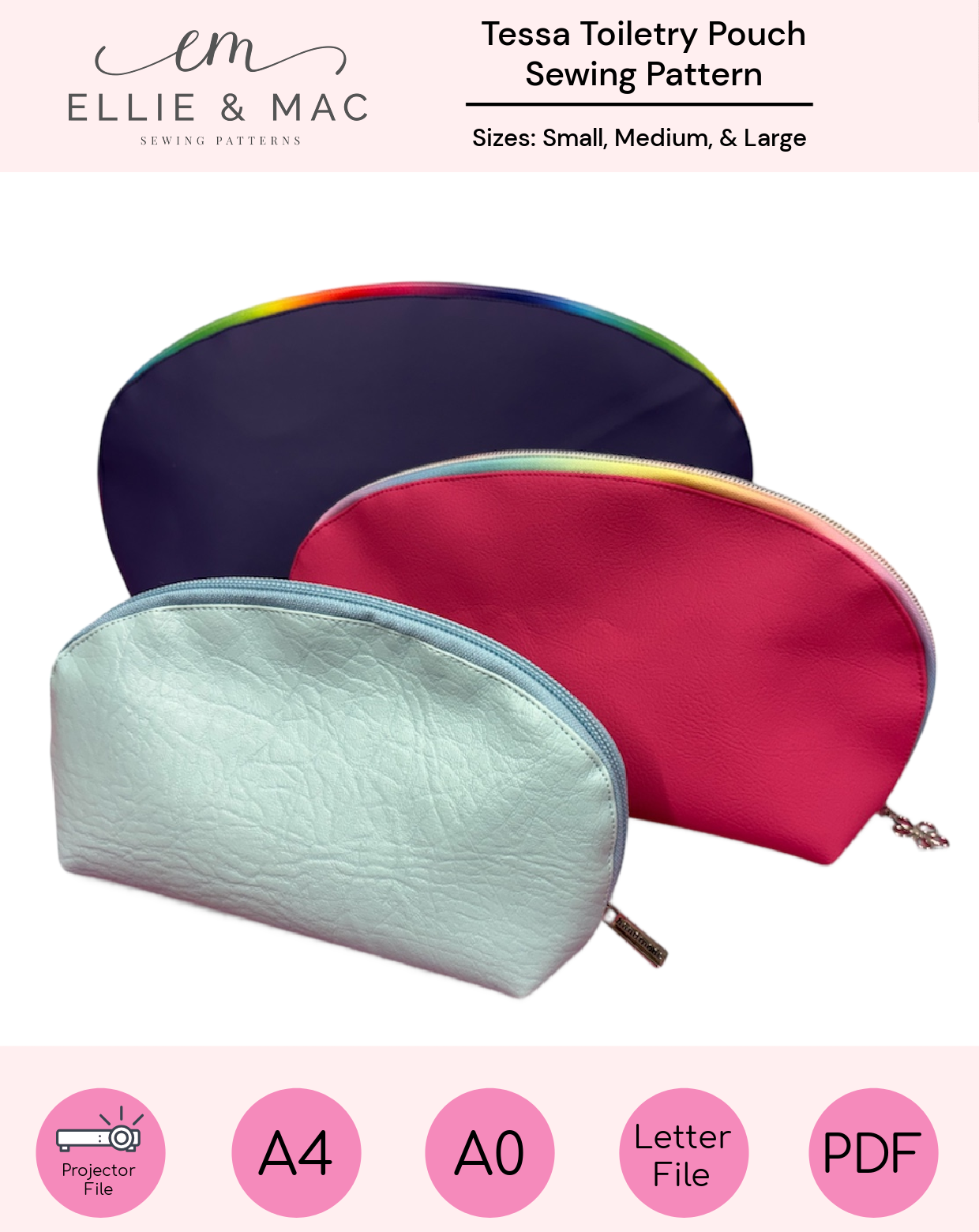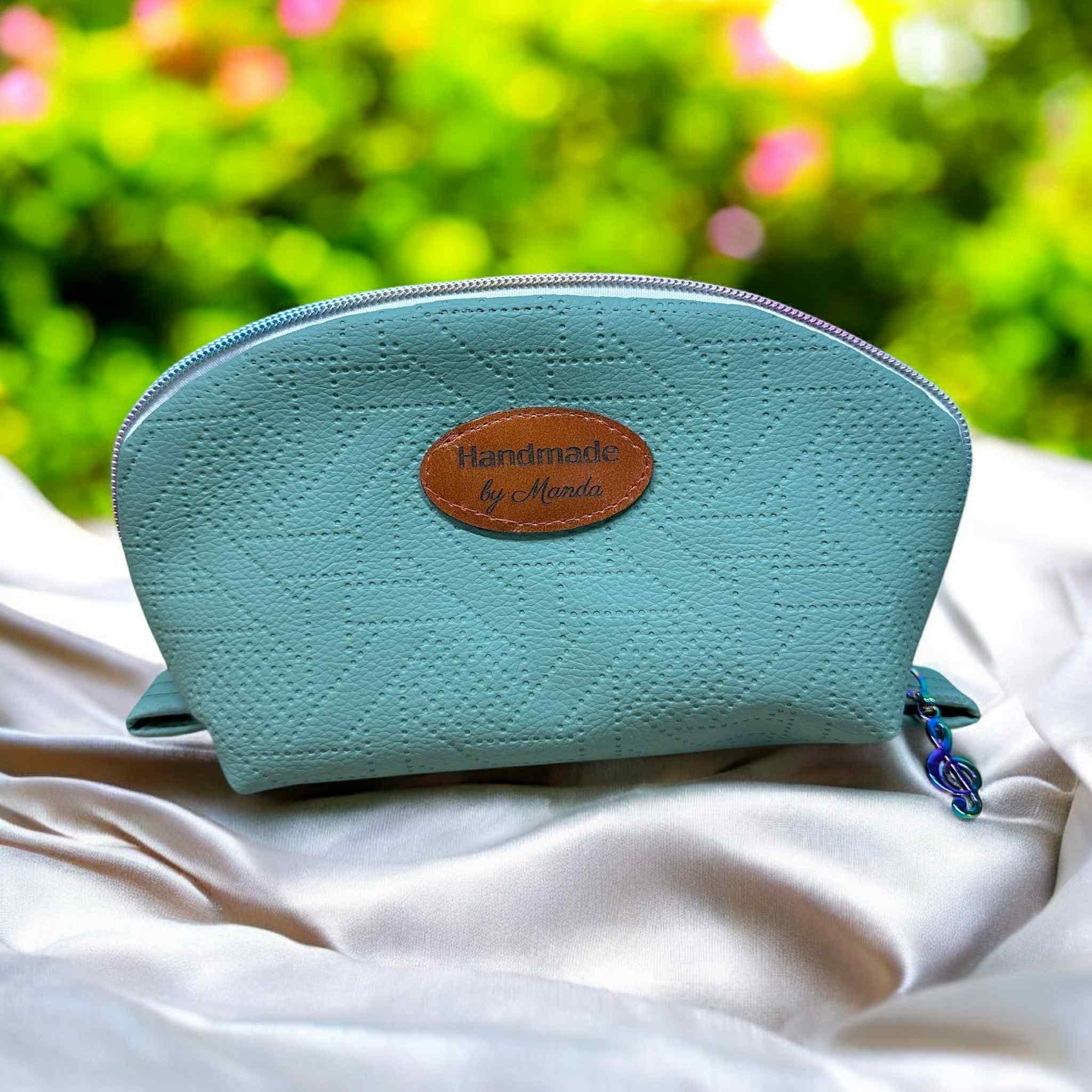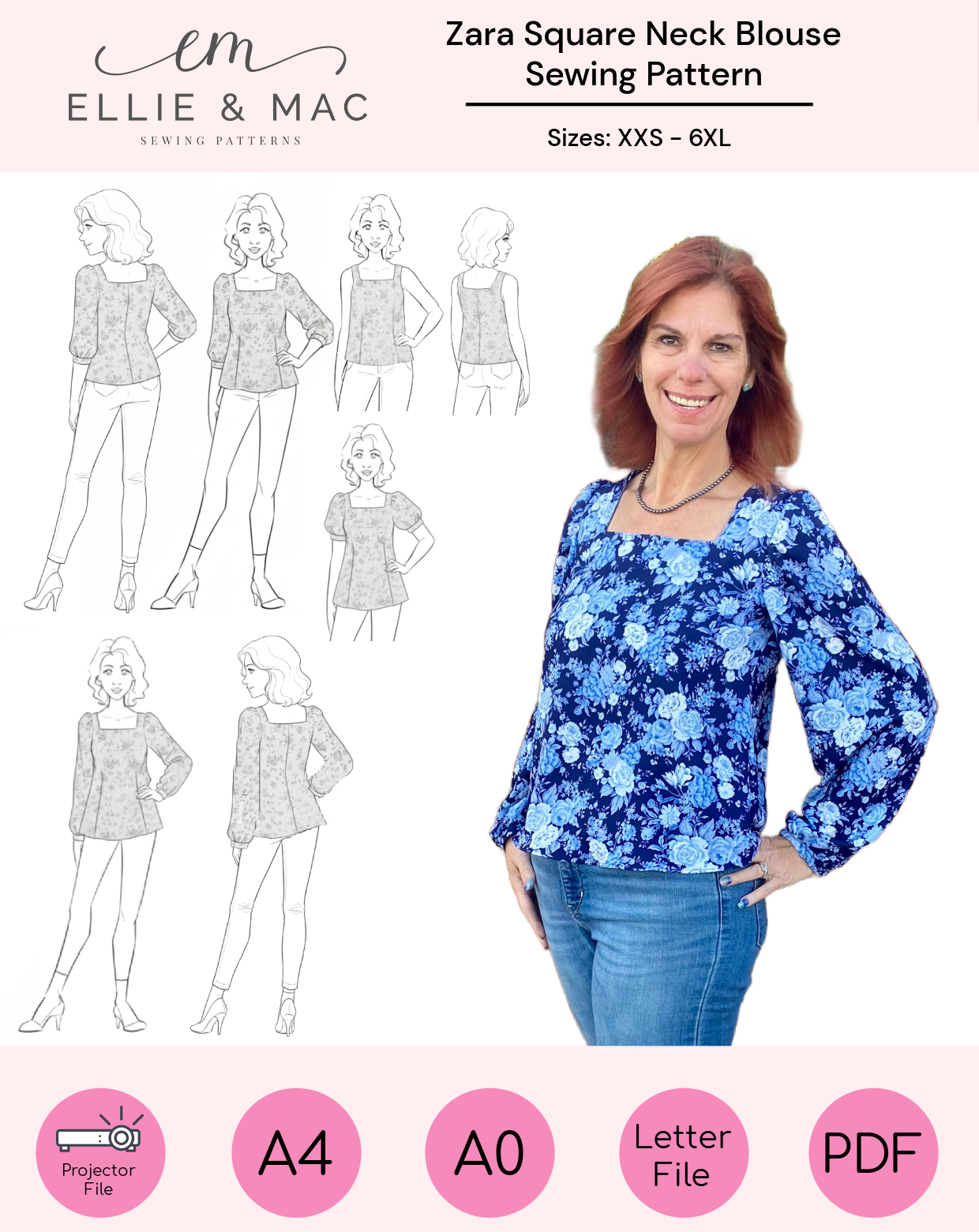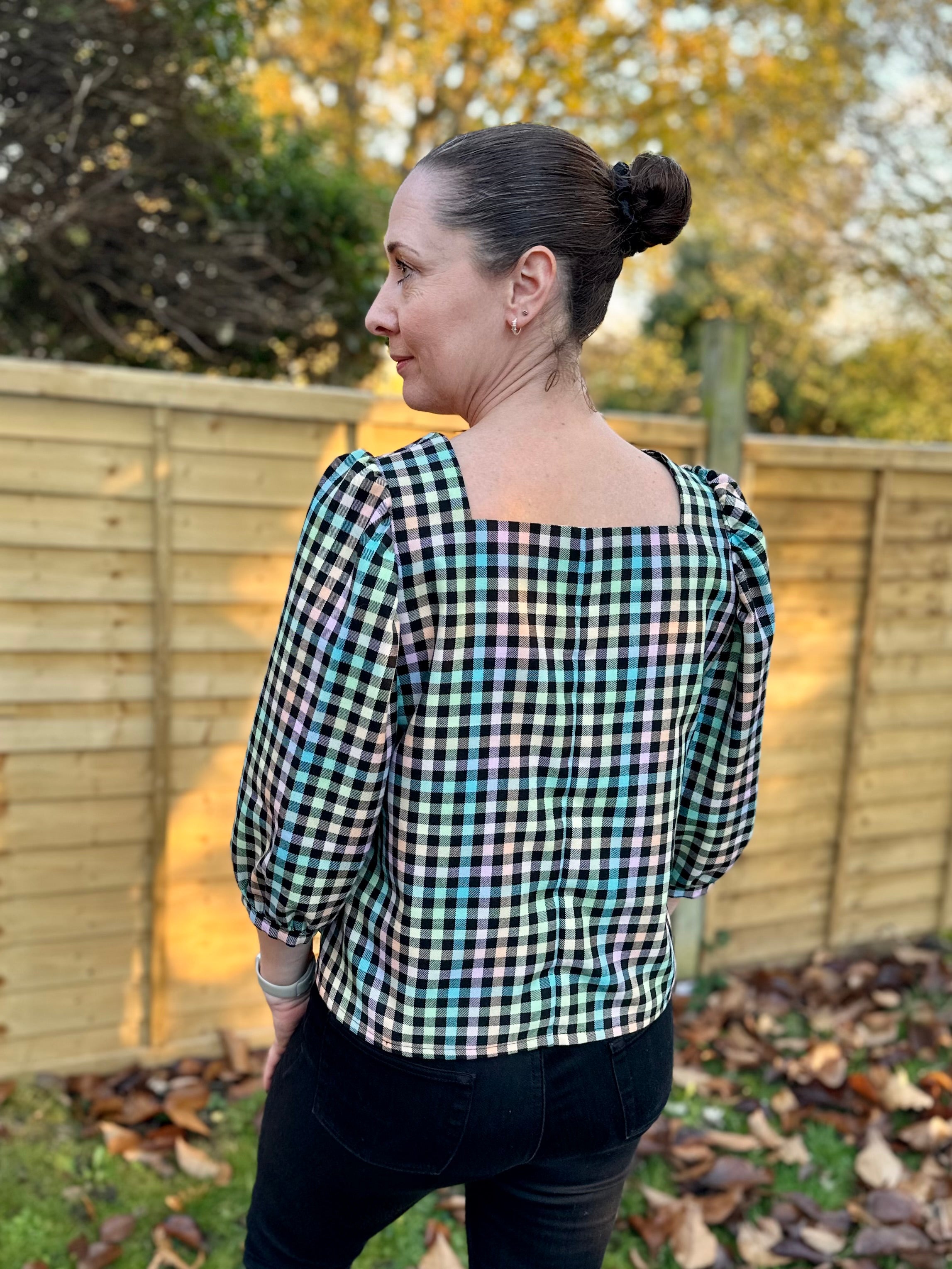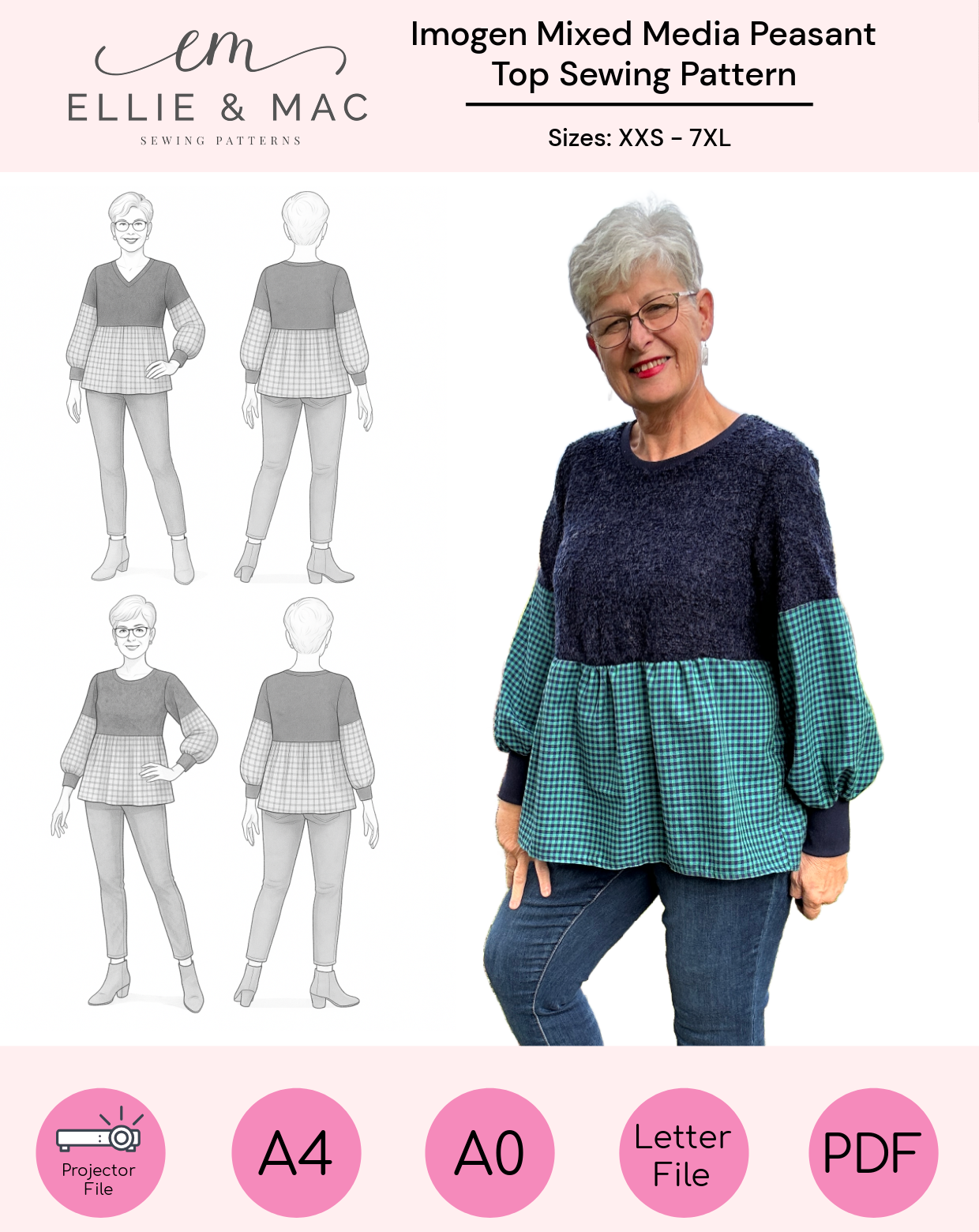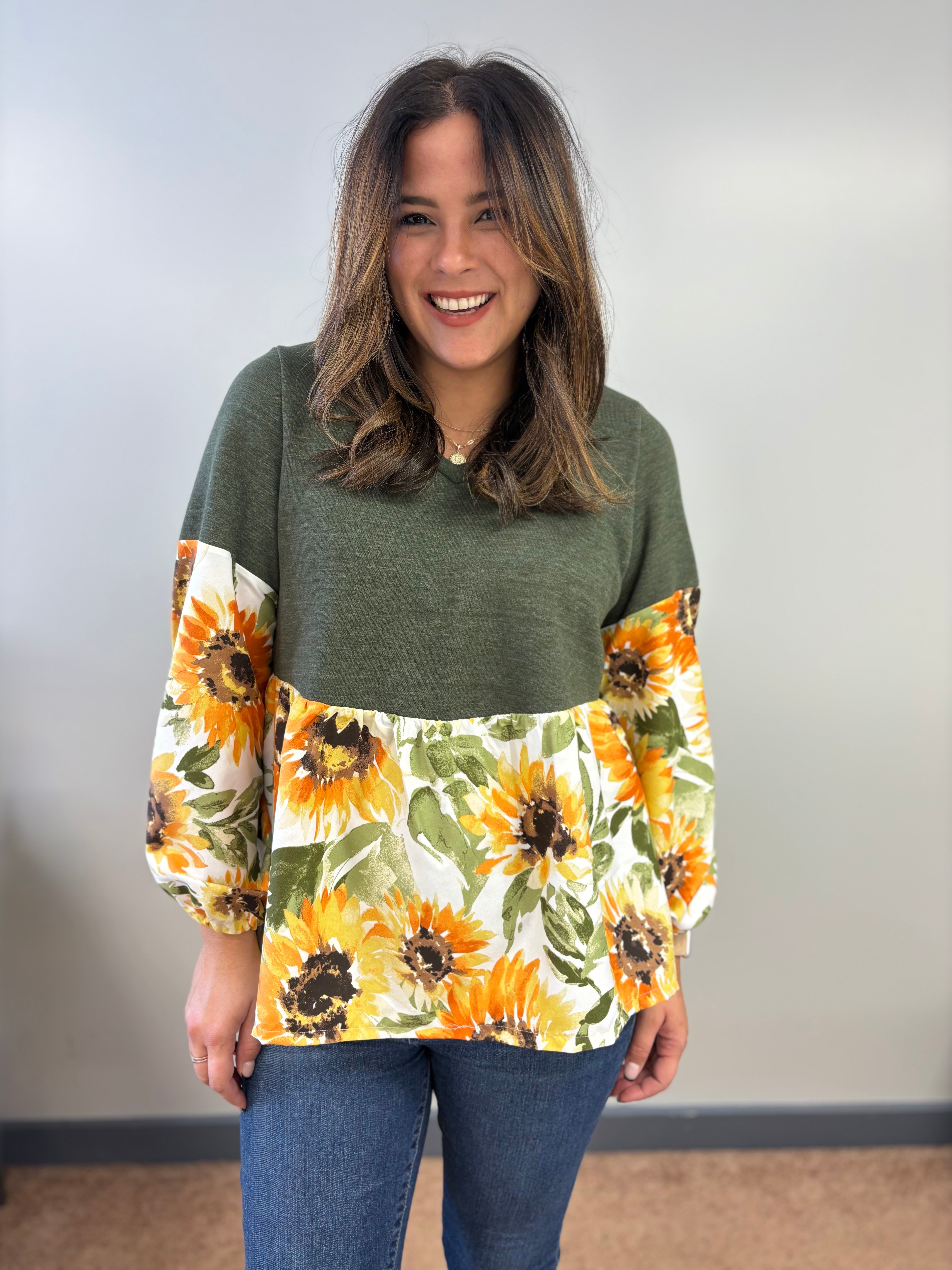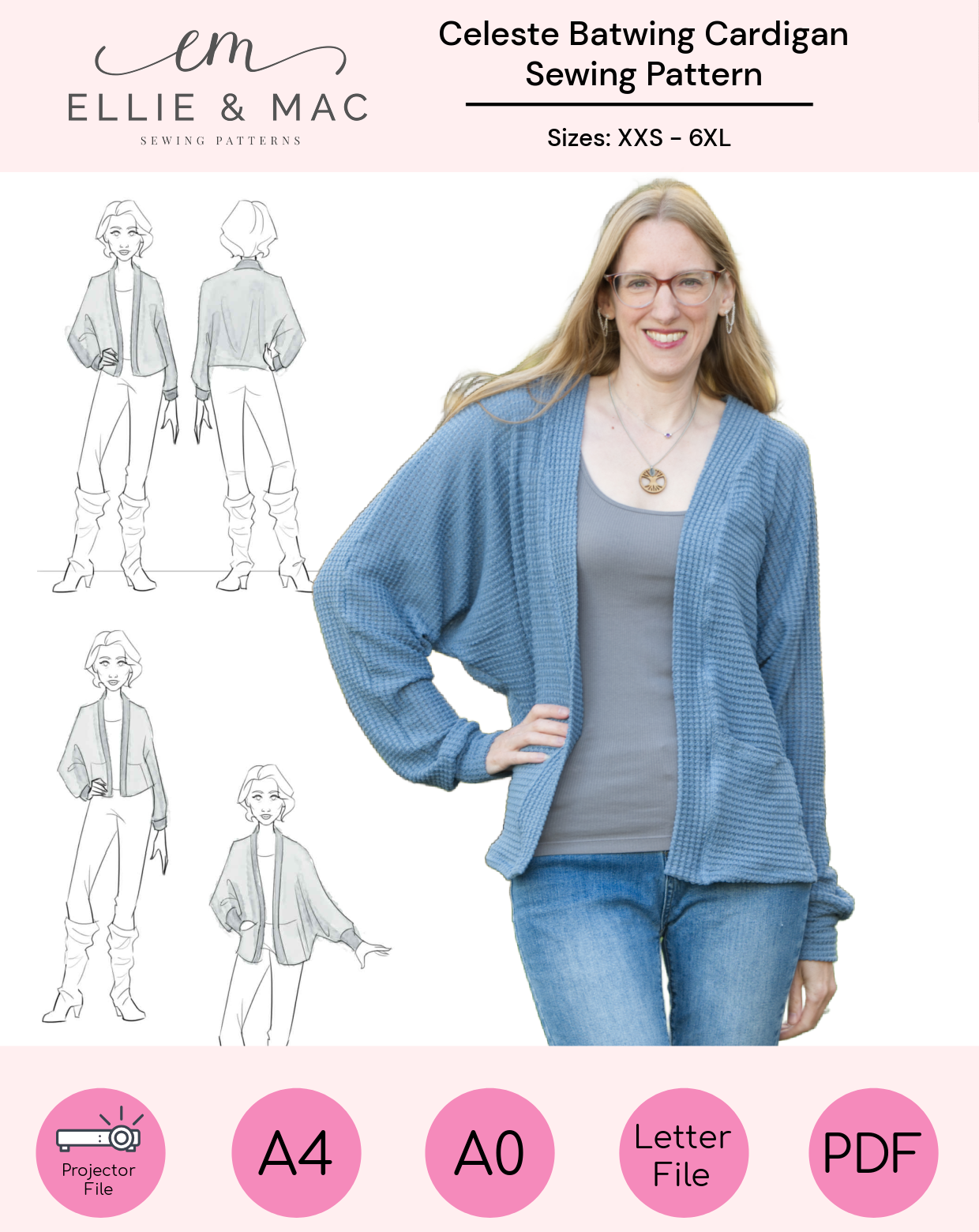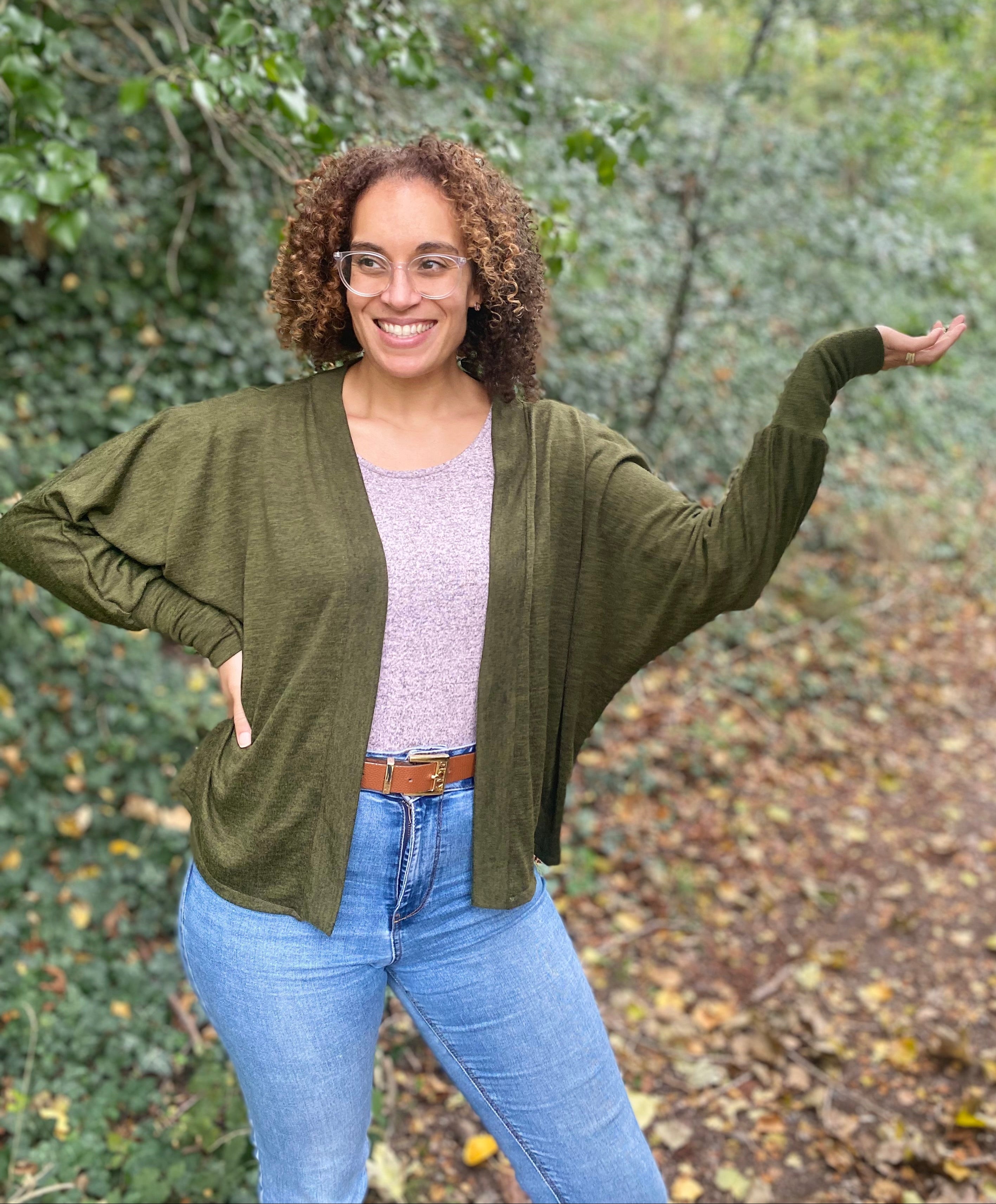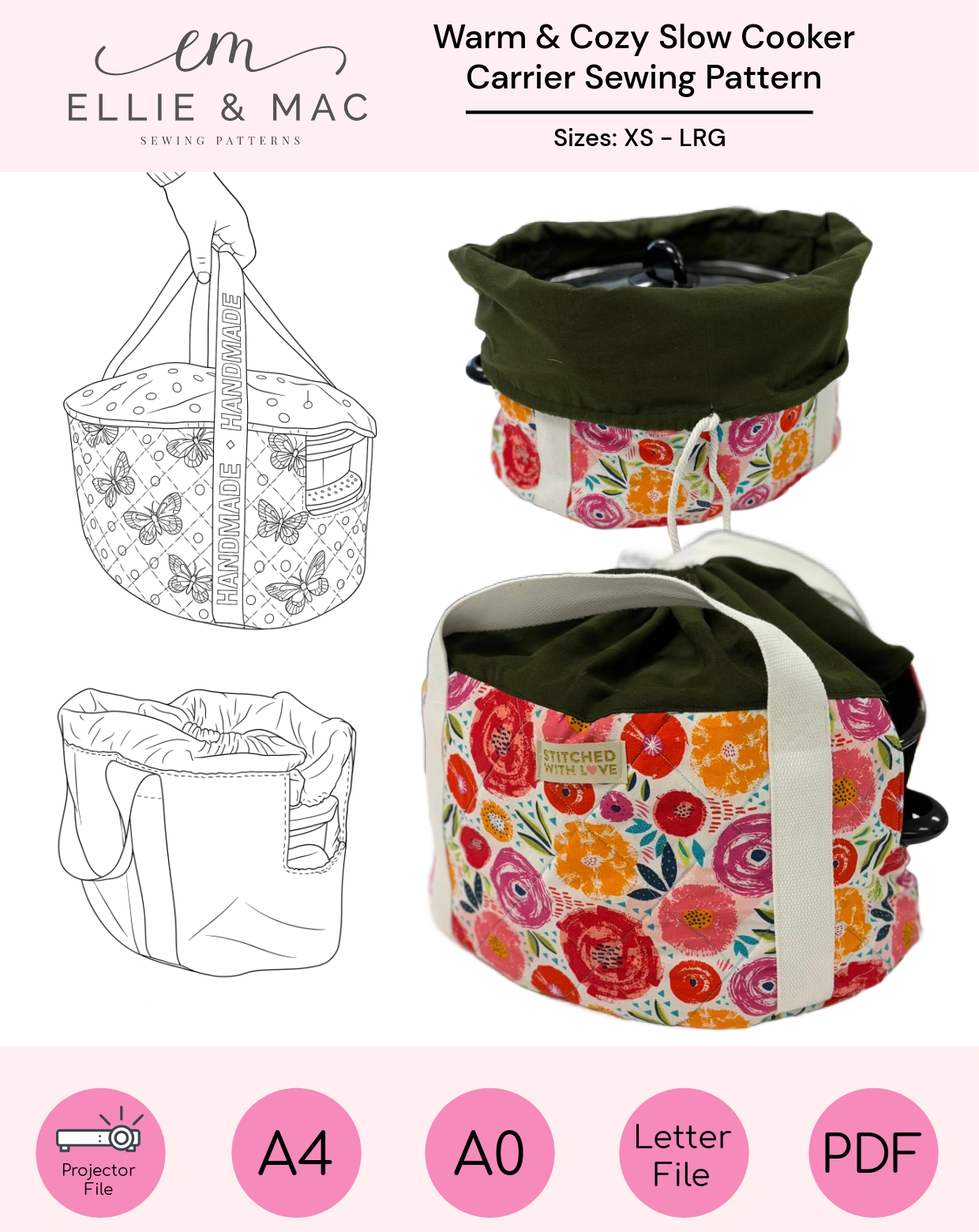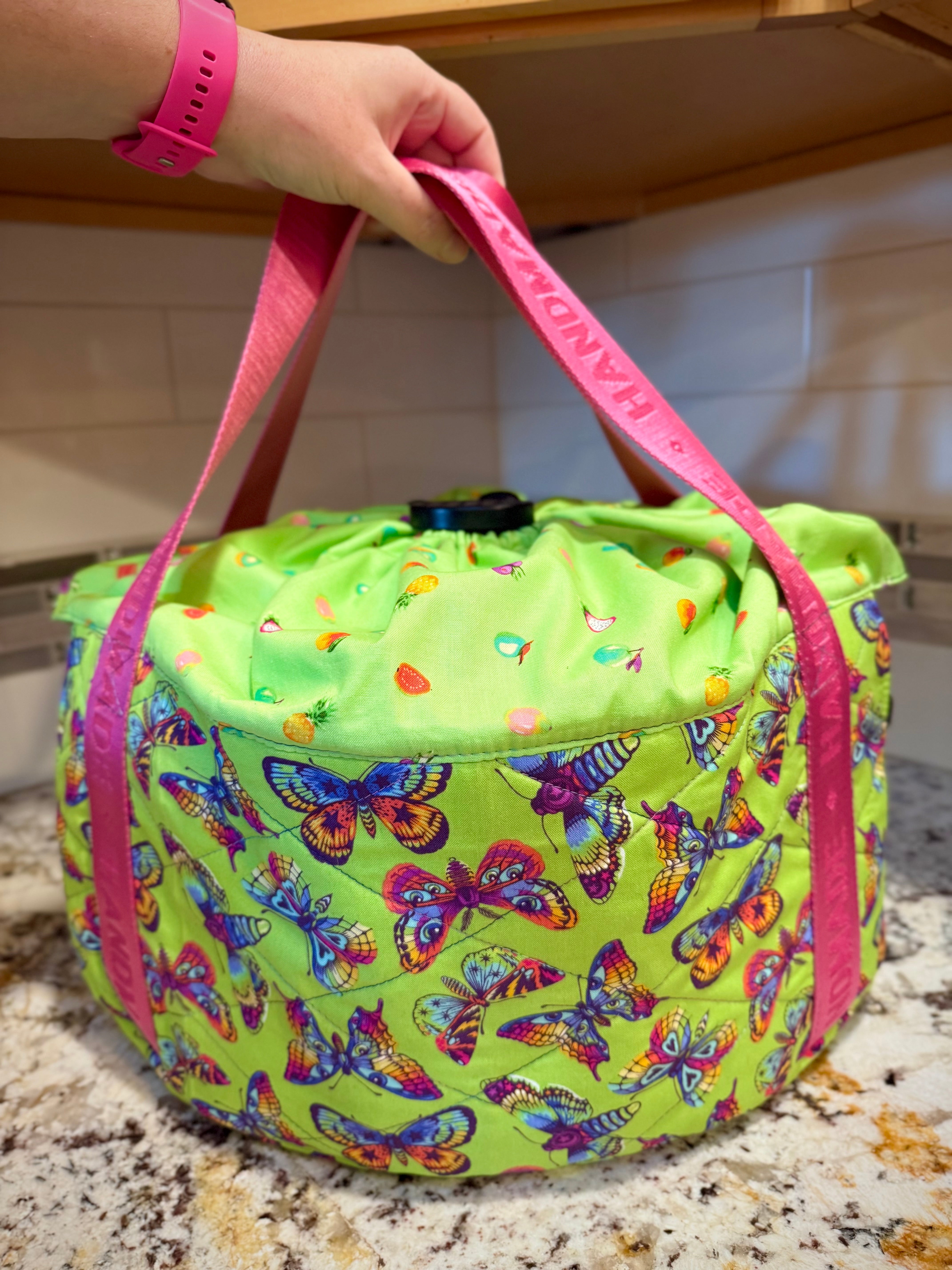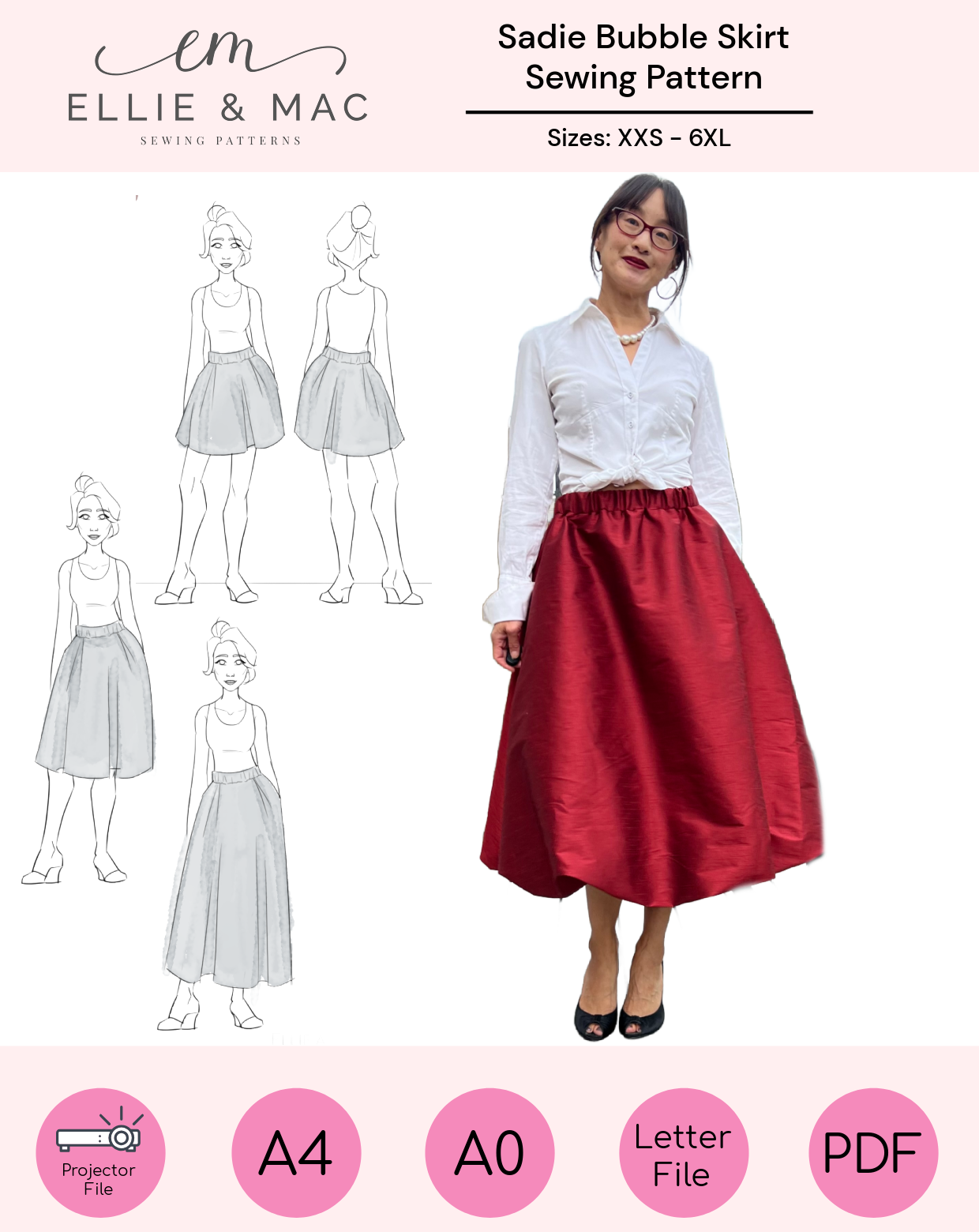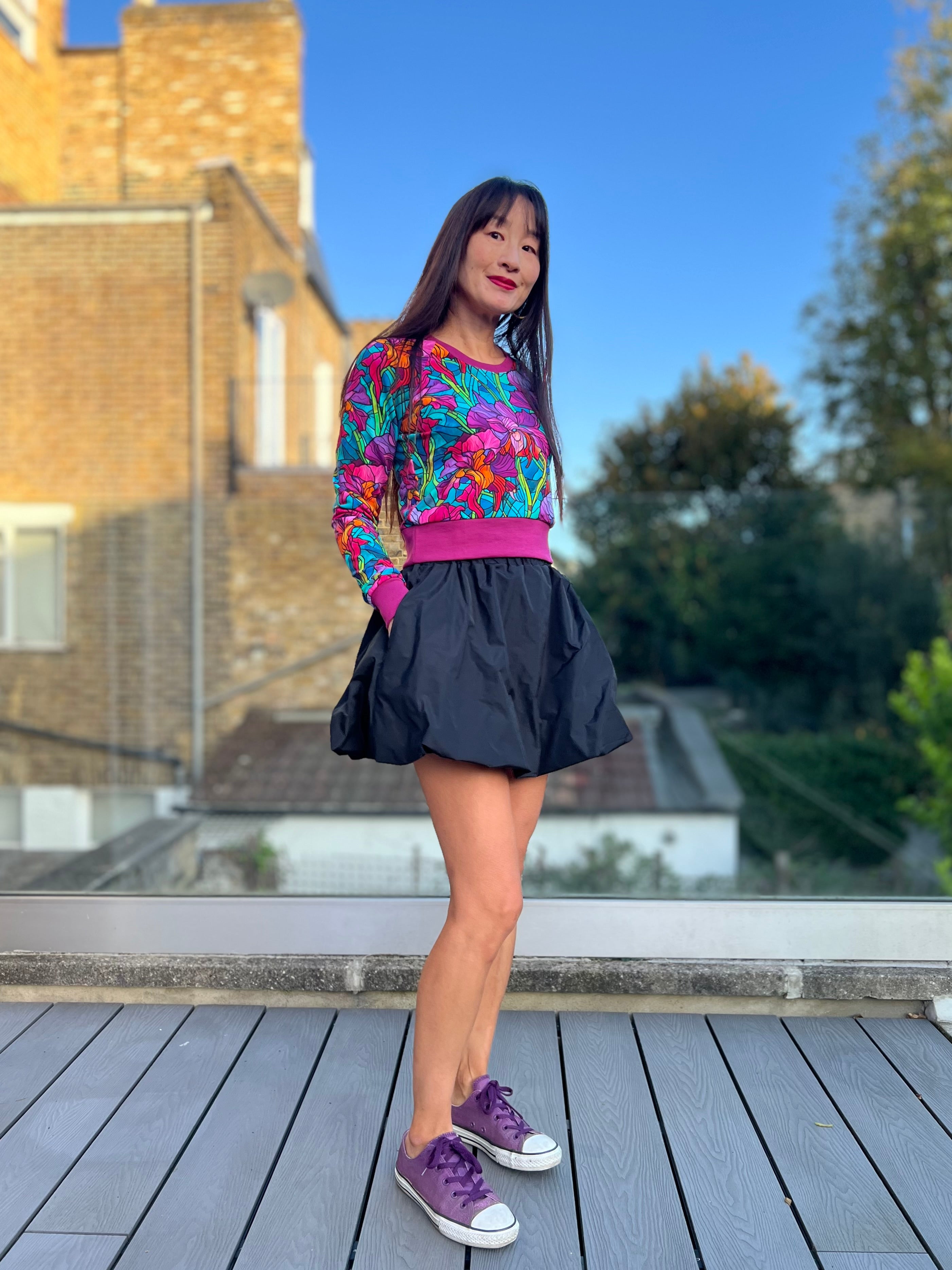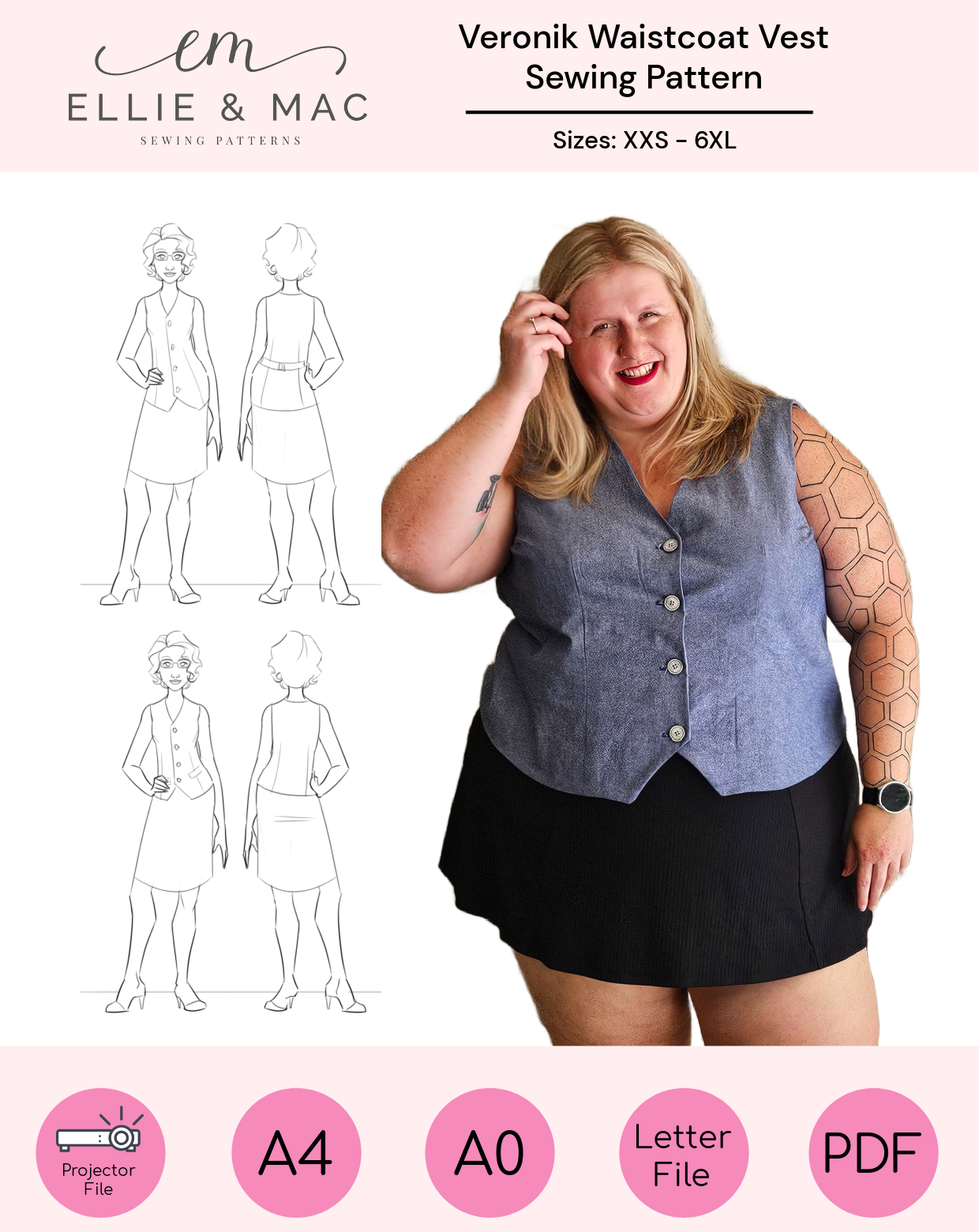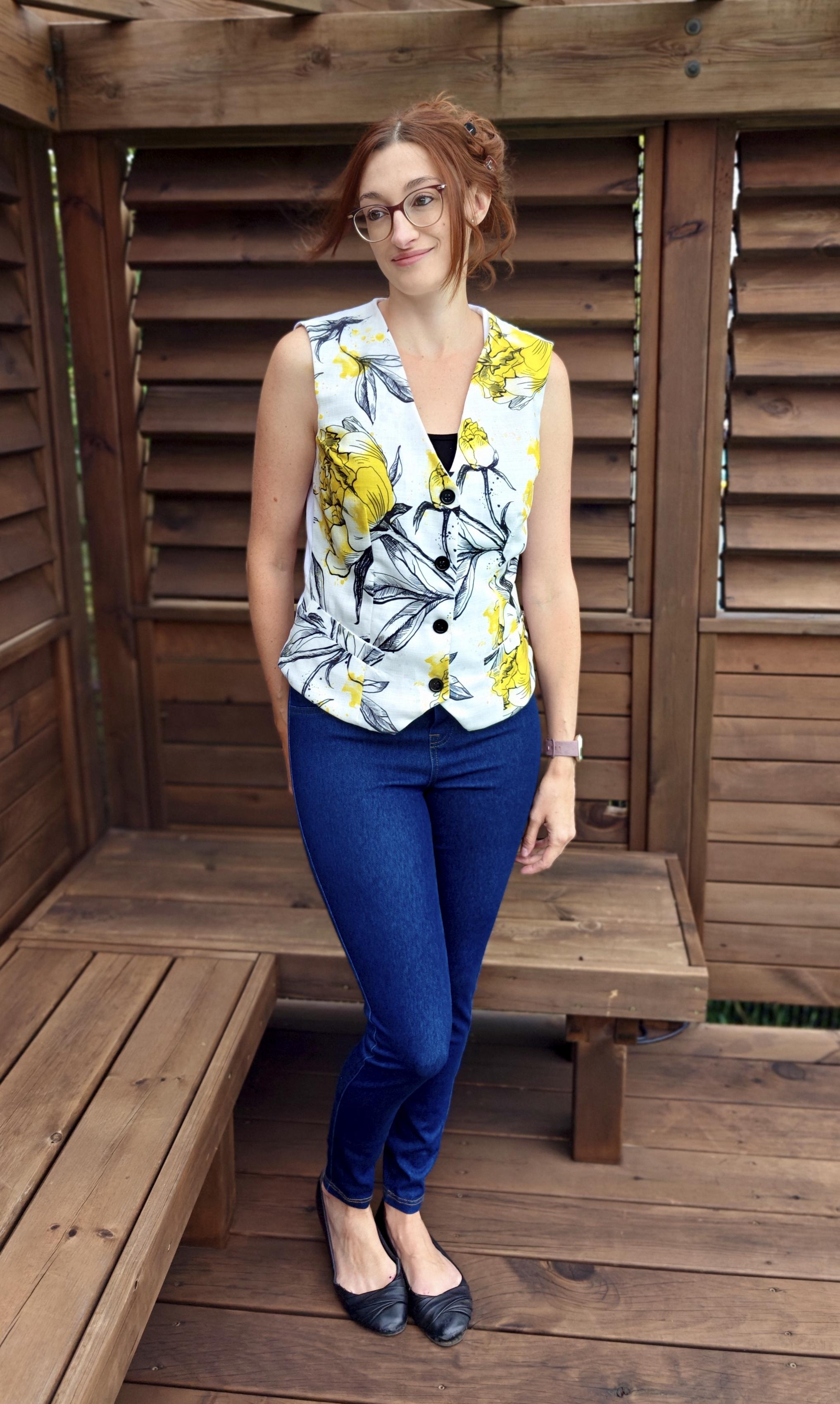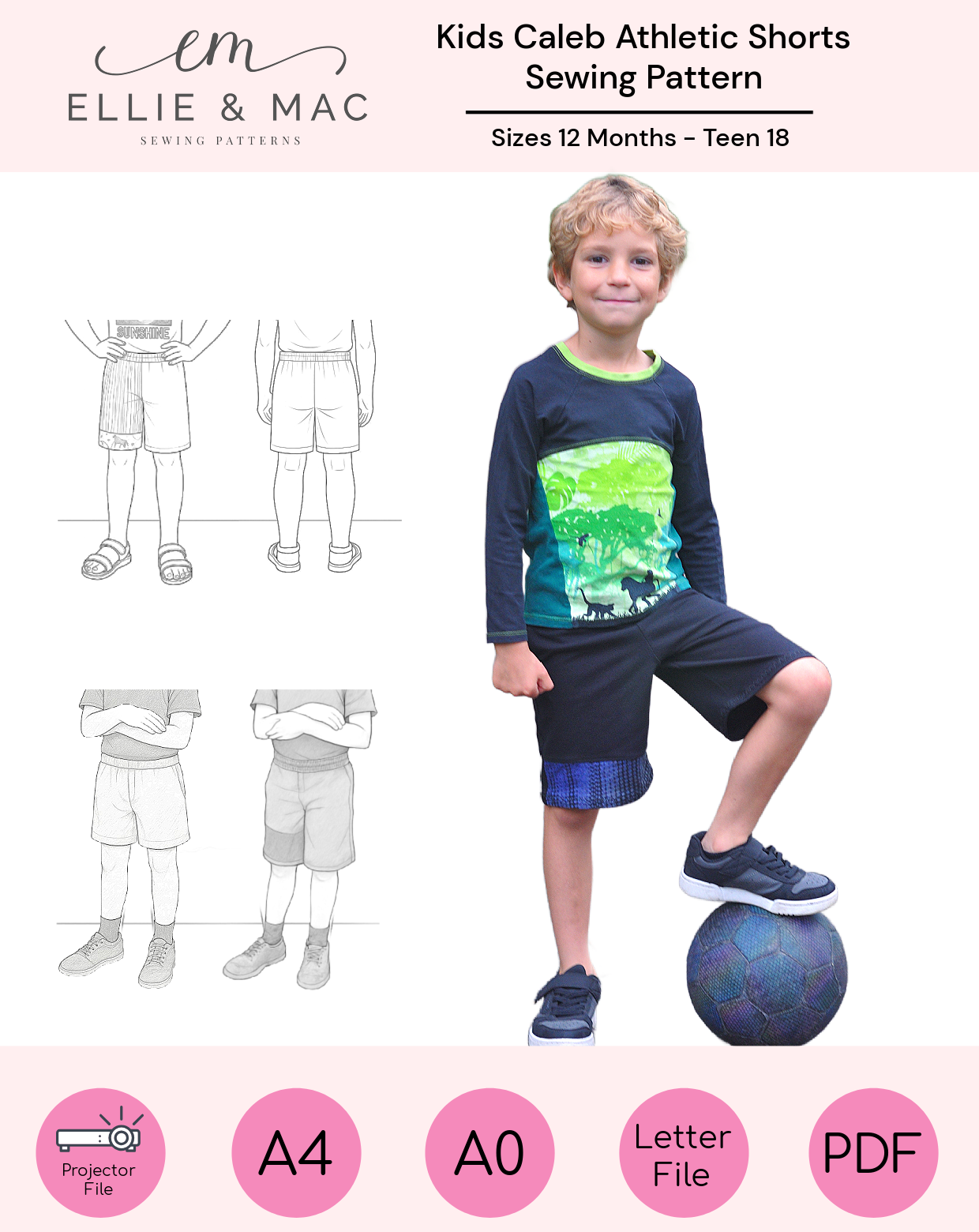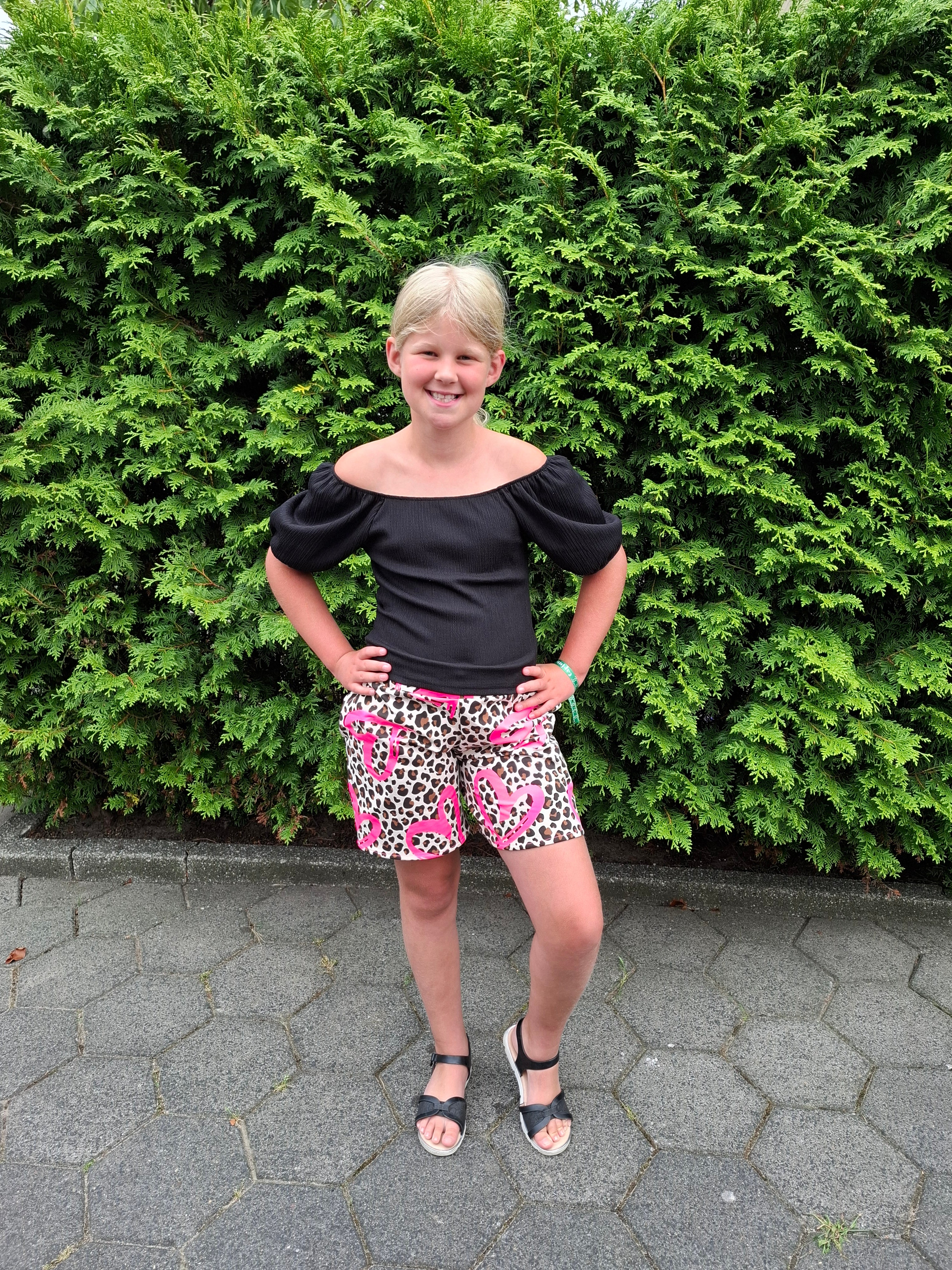Hi sewing friends!
Although I absolutely LOVE making clothing, I also really enjoy bag making. My fabric stash has an entire shelf dedicated to vinyls and waterproof canvas. I also have a growing supply of hardware - including these fun sewing machine zip pulls and rainbow zipper tape! It’s so much fun to personalize my bags.


Next to my bag fabrics and accessories is an overflowing cabinet full of cotton wovens. With the correct interfacing and waterproofing they would be a great material for my bags.
This tutorial will help answer the following questions:
-
Which method of waterproofing is best?
-
What are the pros and cons of using the various techniques?
Method 1: Iron-On Vinyl

My local store had a roll of Heat and Bond brand iron-on vinyl. It was conveniently found near the interfacing section. I found it to be affordable, especially because it was purchased during a 50% off sale. Application of the vinyl was easy and fast. I used my non-fabric scissors and an iron. After pressing for the recommended time, it was firmly adhered and could be used after the vinyl was cool to touch. I loved how the iron-on vinyl immediately made my cottons waterproof.
I tried this method on two patterns: the Take a Break Lunchbox and Modern Manda Convertible Bag. Heat and Bond adhered to both cotton woven and interlock fabric. I noticed that the vinyl left a noticeable shine and that crease marks were quite visible. This is an aesthetic consideration, and one that I decided wasn’t a deal breaker. Unfortunately, with regular use the vinyl started to tear and ultimately came off the lunchbox.
Finally, a word of caution: the vinyl can get extremely hot when ironed! If you are not careful there is a risk of burning your fingers.


Method 2: Odicoat, Liquid Vinyl
This product comes under different brands, including Heat and Bond Liquid Vinyl and Odicoat.


It is a waterproof gel adhesive that allows fabric to become oil-cloth. The gel is BPA-free, acid-free and transparent. The label states that “once dry, it creates an insulating film that resists against stains and humidity”. It is also machine washable!
Directions for use are simple. You spread the Odicoat over your fabric and allow it to dry for 20 minutes before applying the second layer. After 24 hours it must be ironed to fully set.
The gel is expensive, ranging from $17-25 CND for a 250 mL tub. The application can be messy. There is a warning to wash hands immediately after use and to keep out of the reach of children. It is a time-consuming process, however the benefit of proper waterproofing likely outweighs that consideration.
It’s advisable to prewash and dry your fabric prior to use as odicoat can shrink your fabric.
Experimenting with Odicoat
The Hydro Water Bottle Sling Carrier is cleverly designed to hold water bottles between 500 mL to 1 L. It seemed like the ideal pattern to test out this method. For purposes of this project I will only be coating the front pocket and flap. After it sets I would like to see if it repels water and how nicely it sews.

Odicoat comes in a small tub. The smell, texture and appearance is that of glue. My tub came with a credit card sized piece of plastic that I used to scoop up and spread the mixture. After 20 minutes I applied a second coat.


The next morning I took a peek at my coated fabric. The gel had dried and left a nice sheen to the material. The chemical smell was extremely strong. The texture was a bit grainy and rough. After a few days the smell disappeared and was not noticeable at all.

I sewed up the bag using a combination of vinyl and fabric that had two layers of odicoat. It was able to withstand being crunched up without showing any wrinkling. I flipped the bag inside and out a few times and it looks just as good.
I will admit, I wasn’t expecting much of odicoat, but in the end I was pleasantly surprised at how well it worked. The fabric is stronger, more durable and waterproof. It looks so good that my kids asked me where I bought my vinyl. They didn’t believe me that it was regular cotton!
I will definitely be using odicoat again. It’s probably best to do this outdoors or in a well-ventilated room. If you are sensitive to chemical smells this may not be the best method.



Methods 3-5: Silicone, Beeswax and Scotchguard
NOTE: The following waterproofing methods have NOT been tested. I am advising you of their existence based on my research in the bag making world.
Caulking with Silicone
This unconventional method has been reported to work just as well as odicoat. Silicone-based caulking is easy to find at any home hardware store and is inexpensive. In Canada the cost is under $5.
Caulking is not marketed as a waterproofing agent for fabric. Fabric softener or mineral spirits is required to thin the product. Application is messy and there is a delay in drying time.
At present I am a bit hesitant to try out, but it is a consideration for future experimentation.
![]()
Beeswax
Beeswax is natural and safe to use. Application involves evenly spreading wax over the fabric and heating it using a hair dryer or iron. Wax dries and cures overnight. It darkens the fabric and gives it a shine.
This method should not be used by individuals with bee allergies as the wax is reported to attract bees.
I am quite interested in trying out beeswax. There do not seem to be any negatives. It’s an eco-friendly option with a lot of potential.

Scotchgard Fabric Protector Spray
This product is marketed as an aerosol spray that can be applied to a bag after construction. It will make your fabric water resistant (not waterproof) for up to 6 months, or after washing. It’s fast and easy to do.
Scotchgard, or similar products, should only be done in a well-ventilated area with a proper protective mask. It is not recommended for anyone with asthma or breathing issues. In addition, it is reported to have a strong smell and the product may actually cause your fabric to yellow over time.
Based on other people’s reviews, this method should not be used for waterproofing bags.

Concluding Thoughts
After researching and experimenting with the various methods, I am happy to report that my experimentation in waterproofing fabrics was a success. While I wasn’t a huge fan of the iron-on vinyl, it remains an excellent choice for projects that are not meant to endure daily wear and tear.
Odicoat was absolutely wonderful. The finished product is beautiful. I will definitely be using the gel for future projects. The fabric feels nice, has a lovely shine and most importantly, it repels water.
Scotchguard and silicone based caulking are not something that I would want to try. I’d love to use beeswax on an Ellie and Mac bag.
Which waterproofing methods will you try?
*This blog contains affiliate links*
(Written by: Sarah Callahan)


